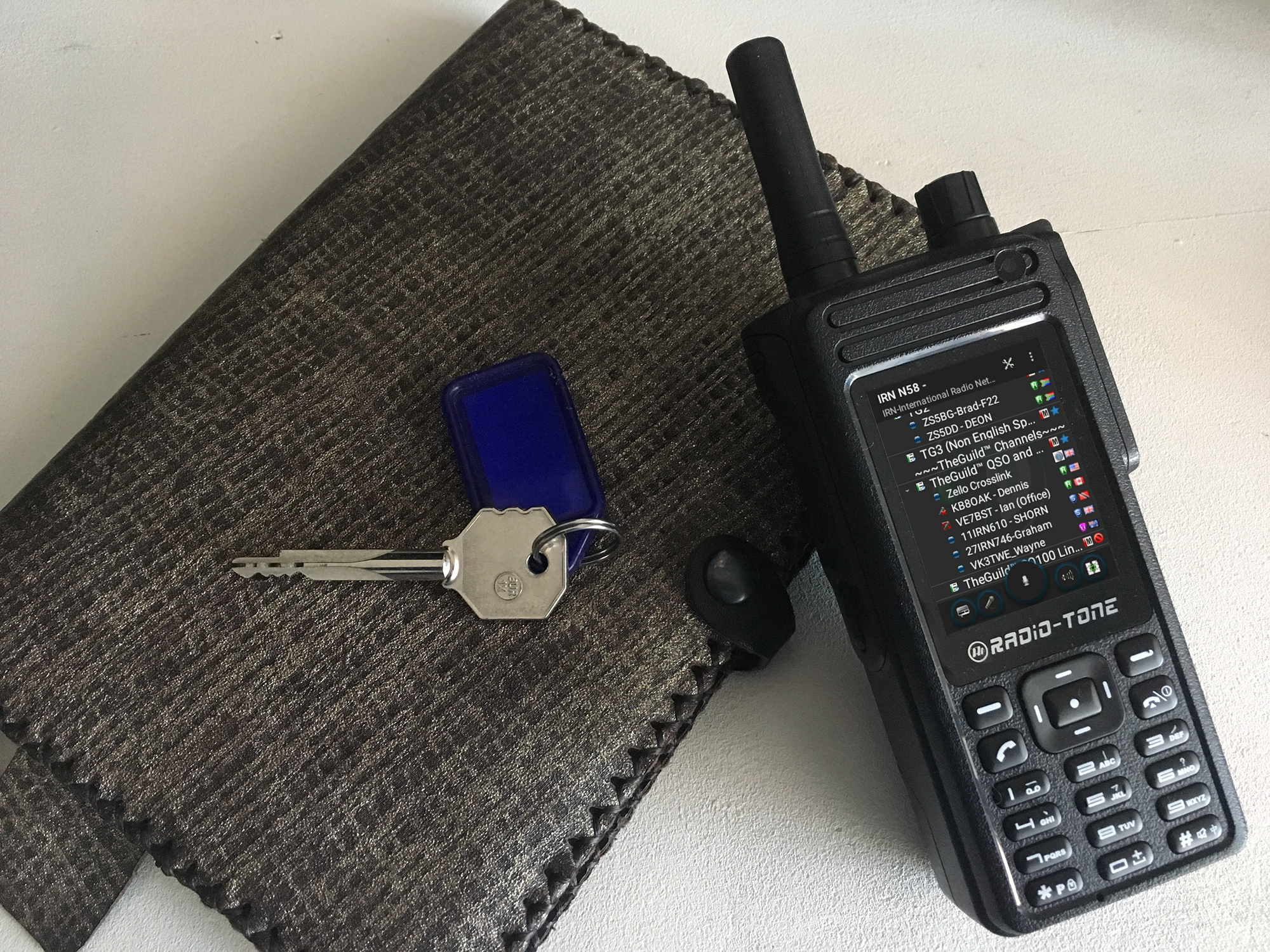
The Reality of Amateur Radio in 2018
by Chris G7DDN
What is the greatest hobby on earth? Now there’s a question!
For many of you reading this article, the answer will be clear – Amateur Radio. It’s a hobby that delights, excites and, at times, frustrates in probably equal measures!
But it is also a hobby that has historically pushed the boundaries of technology – and often asked questions no-one had even thought of asking.
The Pioneers
I love the fact that the history of our hobby is littered with the regulatory authorities of their day allowing us access to bands considered “useless” and then watching as we showed over time what immense value they could have – yes, even the most supposed “line-of-sight” bands.
It is somewhat ironic today that the most in-demand spectrum across the world commercially is VHF/UHF and Microwave, the most “line-of-sight” bands discovered in the 20th Century.
Here in the UK, large swathes of this spectrum are constantly being re-jigged and subsequently “sold off” to the highest bidders (something that has always struck me personally as slightly obscene, but that’s another story…)
Back to reality
The reality though for perhaps the majority of Hams on a day-to-day basis in 2018 is not so rosy.
I switched on 160m the other day and was faced with S9 of noise across the band. It was S5 only a couple of years ago. I’m lucky apparently – many people are getting S9+20dB or more of noise, on several bands…
As Hams, we face challenges every day from local sources of interference; power-line adapters, non-compliant devices imported from abroad, hissy routers, noisy house appliances, power supplies and all other manner of electronic hash. It doesn’t seem to be getting any better…
Then we have the Home Owner Associations coupled with the newer restrictive covenants that stop us putting up antennas, whether it be an 80 metre long wire or a 60 foot high tower. We have neighbours complaining about eyesores and about interference from “that Radio Ham” up the road.
We might think an antenna mast is a thing of beauty, but we have to concede that most of our neighbours will disagree – sometimes, most embarrassingly, led by our own XYLs!
A Means of Escape
For many, portable operation offers some escape from this, but not everyone has the motivation to climb a mountain with QRP gear and play SOTA, very laudable though that is.
If the only Ham Radio we can play with is limited to reasonable weather and a trip out, most of us are not going to be playing a lot of radio that many days of the year, are we?
At least mobile operation helps out here and has saved the day for many of us on occasions.
Perceptions
Then we struggle with the fact that we are perceived, rightly or wrongly, as being old-fashioned, fuddy-duddy and out-of-touch.
When you consider what Hams have contributed to the history of Communications, this is the height of irony.
The very people who, in effect, discovered and perfected modern-day communications, that everyone from schoolkids to governments rely on, are now reviled as being as old-fashioned as 78rpm shellac discs!
Shall we just give up then?
So what is the point of continuing in the hobby? Many have decided they won’t!
The numbers leaving the hobby, anecdotally at least, seem to be increasing. I often see ads online where complete stations are for sale, and where the owner says something like “giving up after 35 years – too much noise – too much hassle…”
Now you may be fortunate enough to live somewhere really electrically quiet – or you might be able to afford a huge farm or ranch in the countryside where there is little or no electrical noise – but the vast majority of us are not going to be able to do that.
Another way out?
Is there a sense of “If we can’t beat them, join them”?
Is one solution to take Ham Radio and move it into that realm that we perhaps secretly despise and yet simultaneously almost adore? The online arena?
I find it slightly odd that, as hams, we are more than happy to embrace the internet and computers when it suits us – for example, CW-ers make extensive use of the Reverse Beacon Network, Datamodes enthusiasts embrace programs like PSK Reporter – DX-ers rely on their preferred cluster, and so on.
We all probably have our favourite logging software, our favourite contesting programmes and websites we frequent, even if it is just to have a moan!
It’s too scary!
But are we just a little too apprehensive to “go the whole hog” and accept the Internet for what it already actually is? A man-made alternative method of propagation? Is this one reason why the whole “Network Radios’ phenomenon is so difficult to comprehend?
One well known UK ham (and regular author for one of our Amateur magazines here) wrote to me with commendable honesty recently. He explained that he was struggling in his thinking about the Internet being a form of propagation, despite the fact that intellectually he can see that it clearly is!
He was, in effect, trying to come to terms (just as I did initially) with even understanding that there could exist another form of propagation for our signals, man-made at that.
He did go on later to acknowledge that the real issue for him, was not that that this form of propagation existed, but that it was “always there”. (To be fair, that does make it different!)
Does it have to be hard work?
But this got me thinking too!
Have we got so used to Ham Radio being so much like “hard work” that if technology creates a means of propagation that makes our lives easier, we almost have to pooh-pooh it?
Is there a bit of an attitude issue? You know the kind of thing… “I had to work hard to work VP8G, so why should you be able to do it more easily?”
A new playground
In 2018, the technology available to Hams has provided us with a new playground (internet propagation) – it’s similar to, and yet very different from, the old playground (ionospheric & tropospheric propagation – which by the way, is still there for us too – it hasn’t gone away, we can and should still use it!)
Who says we can’t play in both playgrounds at once? Surely it is a case of both methods of propagation being usable, if that is what makes you happy?
There is something in human nature that doesn’t like others having it easier than we had it, but I would love to see Amateurs being open to be more accepting of new technologies in the hobby and realising that 21st Century Amateurs’ interests are, by virtue of the times we are living in, just different from those of 20th Century Amateurs.
There’s nothing wrong with that – it just is what it is!
The License Issue
For some of us, it’s difficult to get our heads around the new technologies, simply because of all the hard work we had to put in to gain our licenses. This now could be perceived as partially redundant, once we get our heads around the “Internet as a means of propagation” argument. After all the Internet is open to everyone…
We all have a tendency towards defensiveness – this is partly because we have something other people don’t have – a Ham license.
But again, putting this in perspective, and oversimplifying a little, possession of this means that we just have specialist knowledge about (mostly) building and testing transceivers (and maybe some knowledge of CW)
Are these the highest priority for a lot of hams these days?
I like what the RSGB President, Nick Henwood G3RWF, observed at his Society’s National Convention last October, that 20th Century Hams were more likely to be interested in mechanical & electrical solutions to problem solving, whereas 21st Century Hams are far more likely to look for solutions to issues in software.
That is an interesting way of viewing the change in the hobby over the last 30 years or so…
Where does all this lead?
Who knows? Isn’t that the most exciting thing?
SDR technology is transforming HF, computer technology is transforming the likes of CW, Datamodes & DX-ing, (just look at the rise of FT8!) and modern communications technology and its concomitant infrastructure is providing us with the ultimate change – an alternative means of propagation.
So have fun with RF – in all it’s forms!
So yes, go ahead and play with those Network Radios that use the Internet – make Ham-friends around the world.
Communicate with each other, use software, use Boat Anchors, use QRP CW, use valve radios, use big antennas, use minimal antennas, use internet-connected nodes, take part in contests, work through satellites, use D-STAR – do as much as you wish!
Have fun with RF in all its many forms – the Ham bands, yes, but also the cellular bands, the wi-fi bands & the bluetooth bands – especially if it gives you pleasure!
After all, isn’t a hobby ultimately supposed to make us happy?
Perhaps the saddest “Reality of Amateur Radio in 2018” is that, to listen to some folk in the hobby, you could be forgiven for thinking that it’s main purpose was actually to make Hams as miserable as possible!
Let’s use all the wonderful technologies available to us in 2018 and beyond – after all, next year there will probably be yet more new toys in the playground!
I, for one, can’t wait!
© March 2018 – Chris Rolinson G7DDN

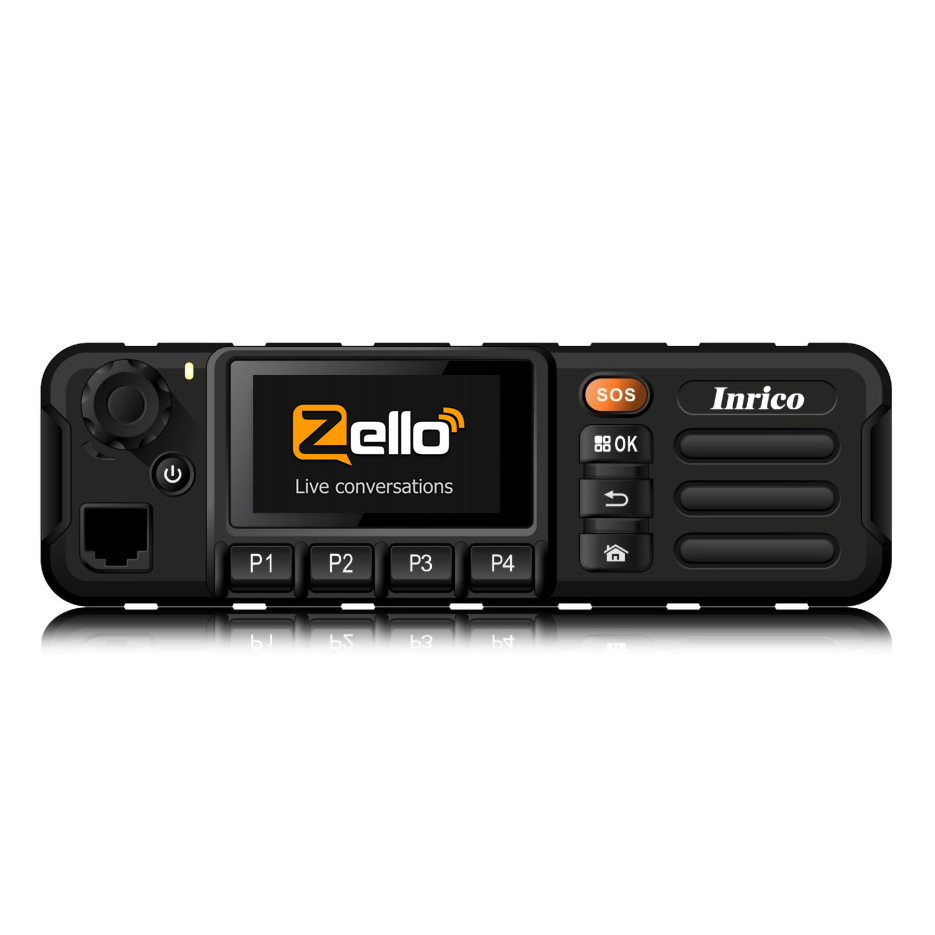






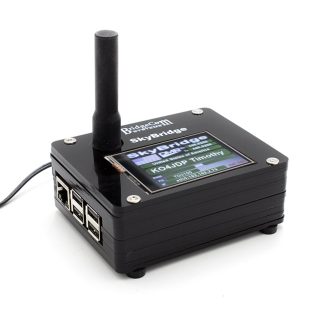
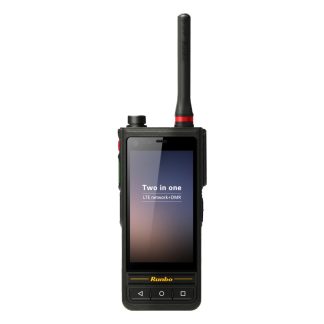
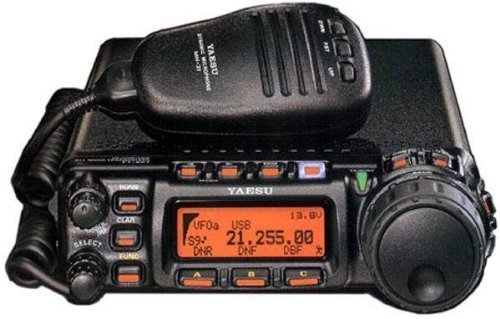

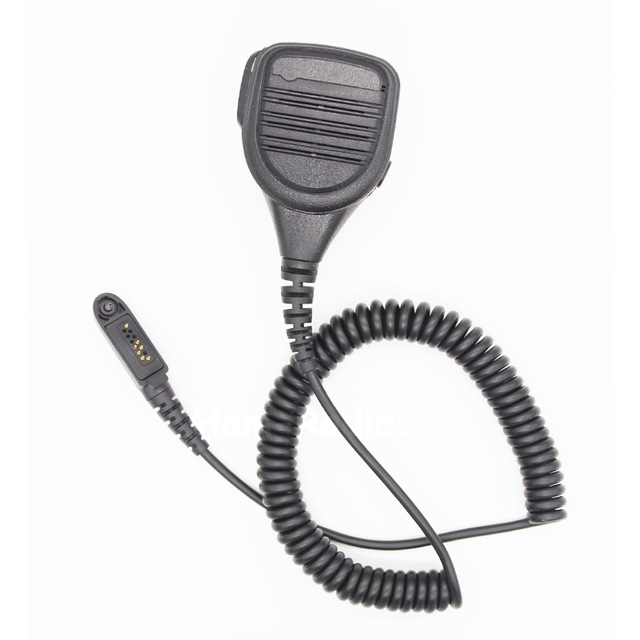
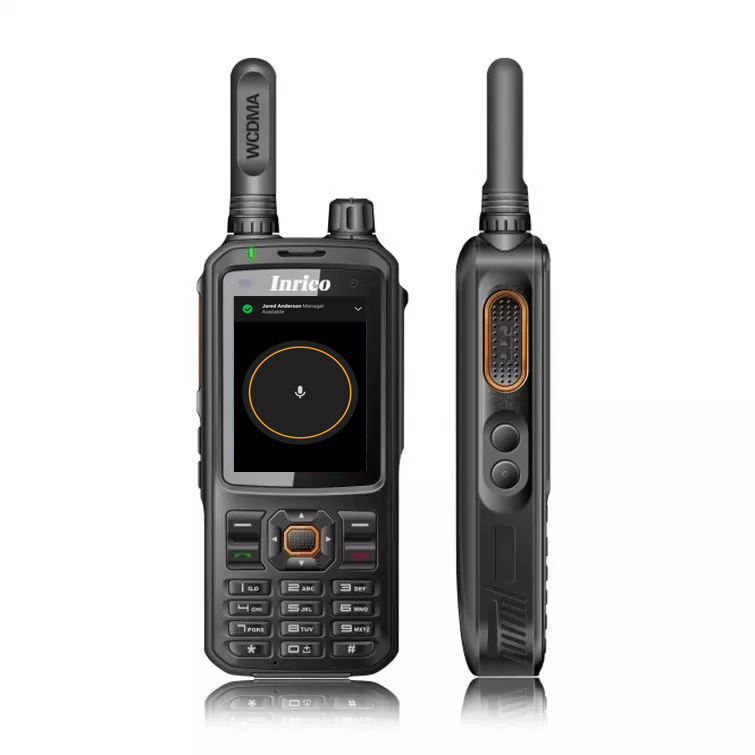
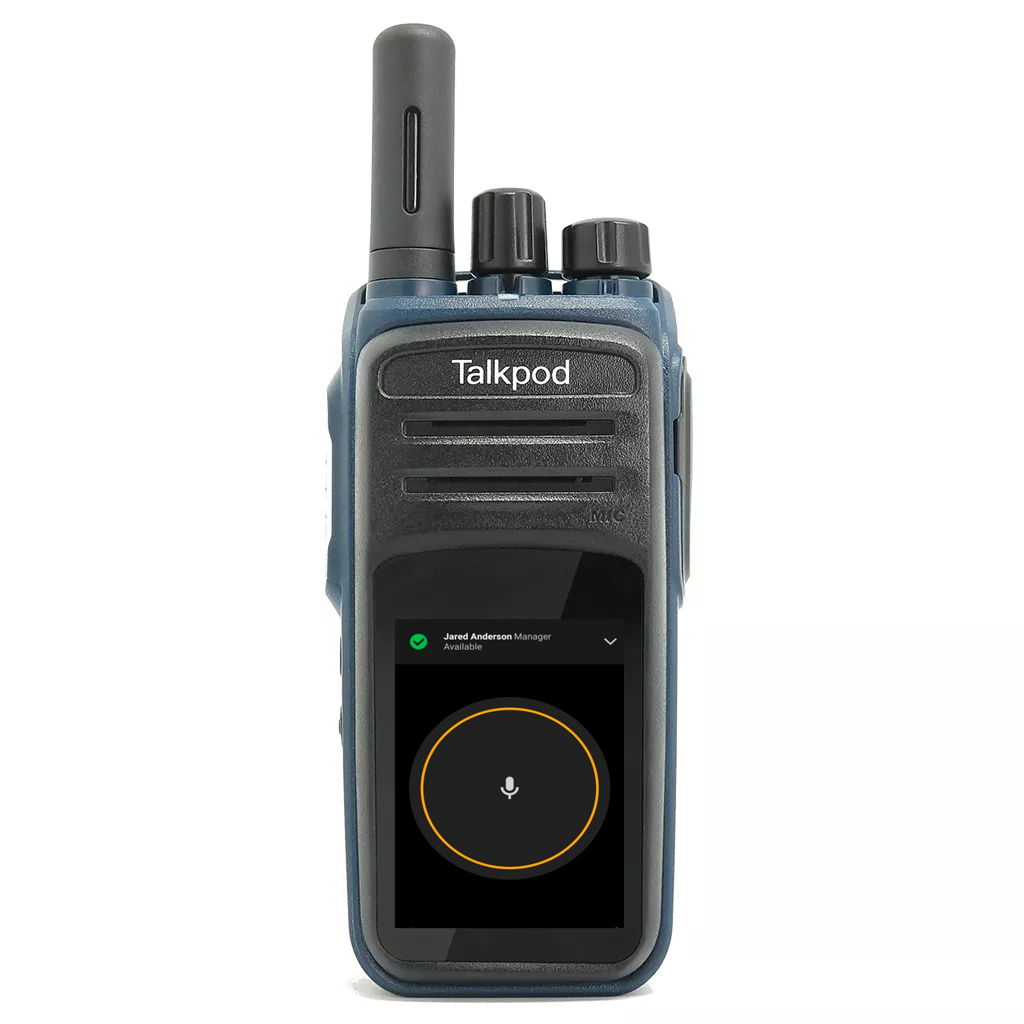
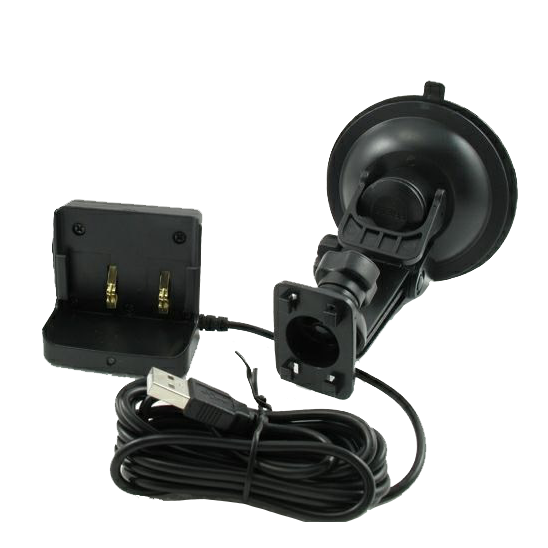
 Official RFinder shop
Official RFinder shop Official Inrico shop
Official Inrico shop Worldwide fast deliveries
Worldwide fast deliveries
We need to start moving back away from using the internet and get back to using RF for the entire trip not a short hop each end and in some cases NO rf at all not good .
I have nothing against digital communication at all i use fusion used to run a packet repeater /hub (gb7njr) but the way it is going now is very wrong sorry if the internet loverws dont see it but such is life .
Bring back end to end RF comms …
Perhaps you slightly missed the point of the article, Pete?
The genie is out of the bottle, there is no going back.
It is what we do to accommodate the new that is important next.
No-one is suggesting we jettison the old…
There are two sides to this argument. What the article is saying is absolutely right, the internet is an alternative means of propagation. As a retired internet engineer, I have spent most of my life building router networks and setting up very efficient interstate and international networks. If communication is your only interest, then I can absolutely say that these networks will provide you with a much more reliable and dependable communication medium, irrespective of whether you use VOIP telephony or data. However….
Is this really what amateur radio is all about? I really think not. If you are going to use internet technologies, then why bother with radio at all (other than the bit of WIFI in your home). For me, amateur radio has an elegant simplicity. It is a way of communicating with someone, with a simple set of equipment and maybe a car battery, and a total power consumption equivalent to an average light bulb! It is completely non reliant on any commercial networks or government entities. If (heaven forbid) the dreaded 3rd world war ever breaks out, it will still work!
It is also a chance to start to understand the complexities of electromagnetic radiation, without which, none of us would be able to live on this planet. Sorry, but you won’t find me on Echolink.
Cheer, Peter – VK2AN
The future is here an ham radio must stay with it.Also I think ham radio should stay dependent on ham radio not so much on internet an hot spot..
Excelente articulo, me interesa publicar en mi blog http://www.hi8vb.blogspot. com HI8V EN COMUNICACIÓN, por consiguiente solicito la debida autorización. Me comprometo a mantener intacto y respetar los debidos créditos de autor y medio de donde obtuve el articulo.
73s de Victor Baez HI8V
Hola Victor
Eso está bien para usar mi artículo en tu blog. Es © G7DDN
Todo lo que necesita hacer es poner un enlace al artículo original en inglés en esta dirección http://network-radios.com/index.php/2018/03/26/the-reality-of-amateur-radio-in- 2018 /
Y un enlace a mi página de artículos aquí
http://www.g7ddn.com/articles
Very interesting Chris as a newcomer it gives me a lot to think about thank you
‘The internet of things’ is here to stay. We are however learning it’s limitations. There will always be room for analogue and end to end rf. Everything breaks down at some point, and depending on how deep your dystopian view of the future. Maybe we should safeguard against reliance upon our amazing and emerging technologies.